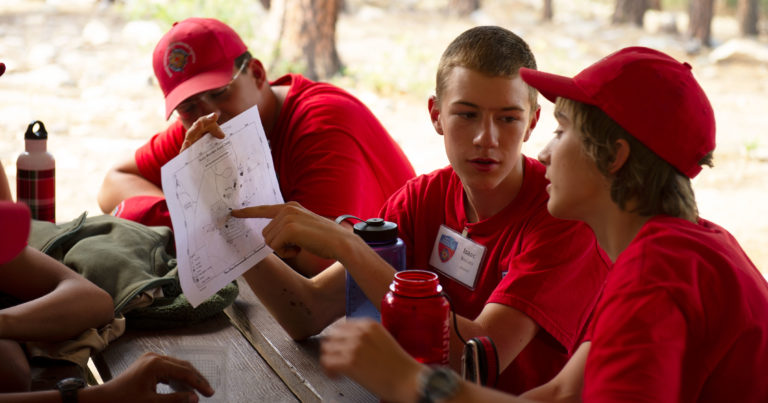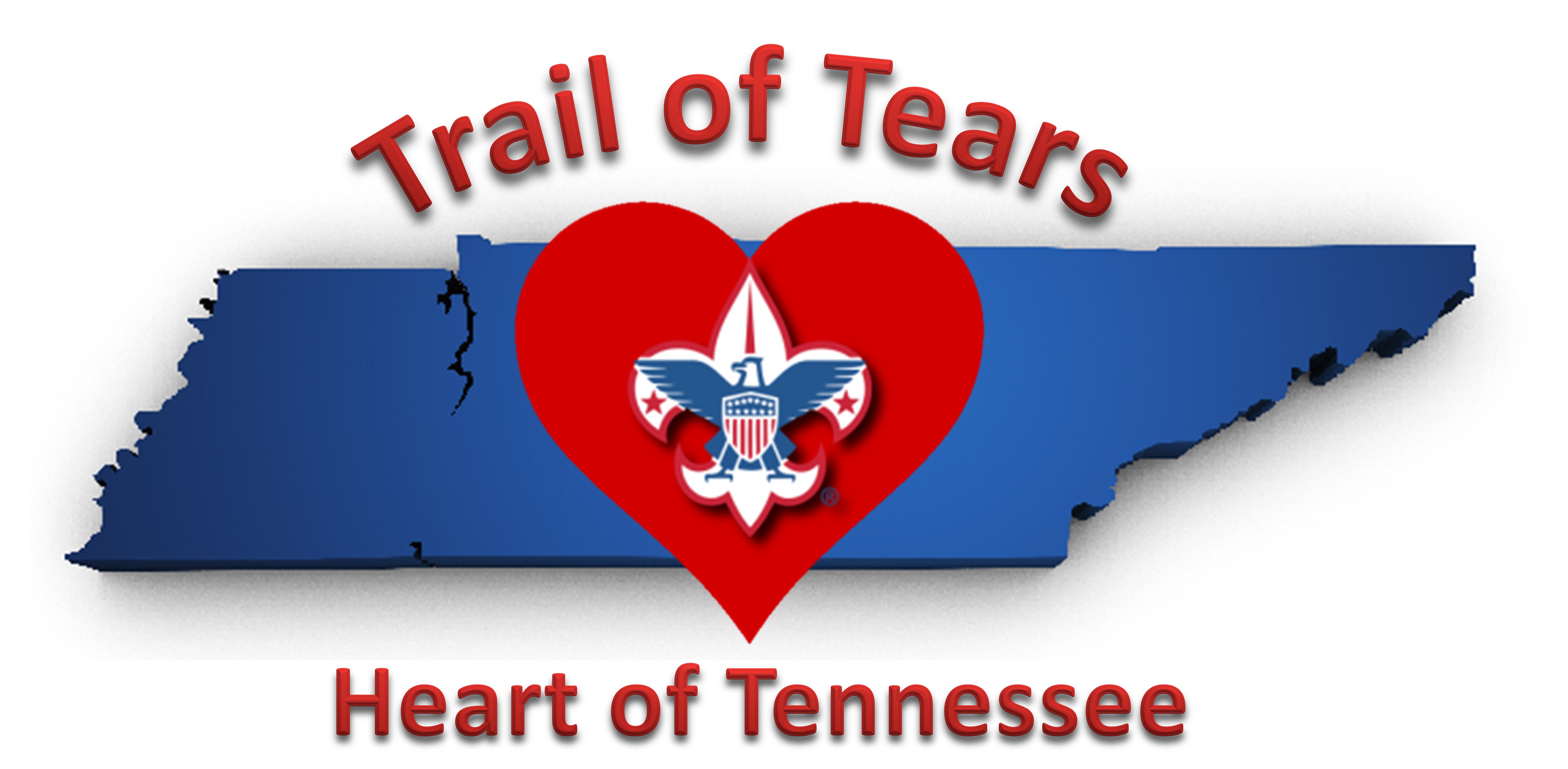

During a campout, Second Class Scout Javier’s patrol worked on First Class requirement 4a.: completing a one-mile orienteering course using a map and compass and measuring designated items. After the course, Javier looks to the next requirement in his handbook, which reads:
Demonstrate how to use a handheld GPS unit, GPS app on a smartphone or other electronic navigation system. Use GPS to find your current location, a destination of your choice and the route you will take to get there. Follow that route to arrive at your destination.
Puzzled, he approaches his patrol leader with a question.
“Why do we need to do this again with a GPS device?”
The question
A Scouter named Todd told us he has asked fellow Scouters about this requirement and has received varying opinions on it.
There seems to be much confusion as to what the intent here is. Do we need to get the Scouts to utilize GPS coordinates (as a handheld GPS unit or GPS app would use) or is it OK to use something like Google Maps to enter an address?
The expert’s response
Several requirements along the trail to the Eagle Scout rank seem very straight-forward: demonstrate tying knots, participate in a flag ceremony, sleep in a tent you helped pitch, etc. However, there’s depth to each and every task a Scout must perform. Requirements that might seem mundane or repetitive on the surface actually have tremendous value.
We asked Wayne Huddleston, advancement specialist on the Scouts BSA volunteer committee, for some insight on rank requirements.
“We don’t ask a Scout to use a map, compass or GPS just to be sure they learn those skills,” Huddleston says. “Rather, completing those requirements helps the Scout understand the importance of accuracy, self-confidence, a spirit of adventure and a willingness to take on new challenges among others.”
For First Class requirements 4a. and 4b. specifically, Scouts discover different methods for tackling a similar task — it can be interpreted as a life lesson that multiple solutions for a problem might exist. Along the way, Scouts can gain confidence by solving a problem in more than one way.
Or perhaps, you found a different meaning in those requirements than I just described. That’s the point — look beyond the requirement itself and think about how these tasks help youth grow. Don’t focus on the few pages in the back of the handbook, but rather the chapters preceding it.
“As the Guide to Advancement explains, everything done in the advancement program is designed to educate and expand horizons,” Huddleston says. “As Scouts work their way through the requirements, they develop self-confidence, and they reinforce character traits, such as service to others, responsible citizenship, self-reliance and perseverance.”
So, about using Google Maps to fulfill this requirement?
“Adult leaders need to consider what experience the Scout would be getting from simply entering an address into a mapping application and letting the technology do all the thinking and planning,” Huddleston says. “What has the Scout learned by doing that? How is that adding to the Scout’s personal growth and development? If they do that, I’m sure they will come to the realization that allowing the technology to do everything does not meet the intent of the requirement.” 
My take
The Boy Scouts of America‘s tagline for the past several years has been “Prepared. For Life.” Whether a Scout is in the program for more than a decade or less than a couple of months, they will have opportunities to grow as a person by learning the skills outlined in the program.
Some Scouts will call upon these skills to save someone’s life, as Boys’ Life and Scouting magazines highlight in the Scouts in Action and Scouters in Action series. You will see life-saving techniques taught in the program, but look a little closer and you will see the Scout Oath and Law embodied — physical fitness, bravery and being aware of one’s surroundings, to name a few.
Not everyone though will find themselves in such a situation. Still, what you learn in Scouting — the skills and more importantly the attributes to employ them — can come in handy in everyday problems.
For example, this past weekend, the dryer stopped working at our house, leaving my wife and myself with a sudden conundrum of how to dry a load of wet clothes. What do we do? Call a repairman? Drive to the laundromat? Or string a clothesline between two fenceposts in the backyard, using a couple of taut-line hitch knots?
The clothesline got the job done, but putting one up required more than recalling how to properly tie the knots. It called for the ability to problem-solve and be resourceful in a pinch. Instilling those attributes is what advancement requirements are all about, so one can Be Prepared for life, whether it’s a life-threatening situation or just doing laundry.
Powered by WPeMatico
